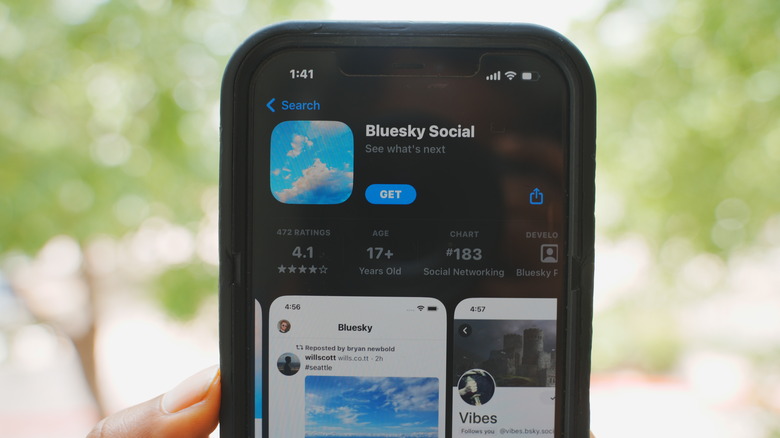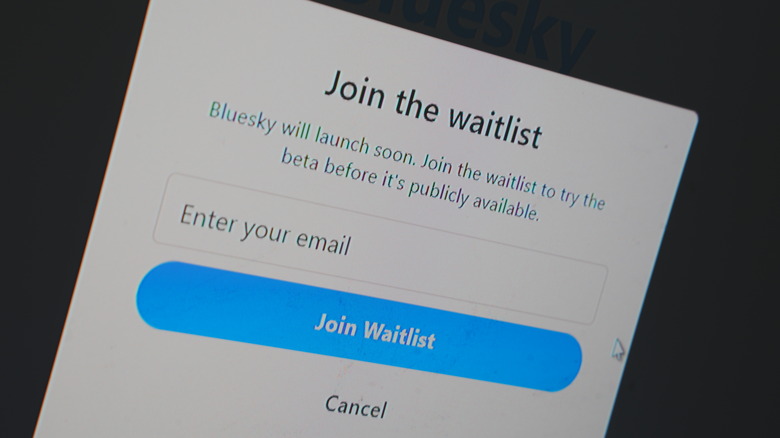Twitter Alternative Bluesky Hits 100k Members Before Exiting Beta
Twitter alternative Bluesky seems off to a decent start. The decentralized social network is undergoing work during an invite-only developmental phase, yet it's just crossed the 100,000 mark for users. Newly updated usage stats show that more than half of this count contributed over 3 million posts to date, averaging 55 posts per account since data collection started on May 1. That leaves about 43,000 users who probably signed up to take a tour.
These numbers sound pedestrian compared to the billions of users across Twitter and Facebook, but they're impressive considering the platform's exclusivity and relative infancy. Although we've heard about it for a couple of years now, Bluesky only recently launched its first app on iOS in February 2023, followed by an Android version that arrived in the latter half of April.
Interestingly, Bluesky is partially the brainchild of former Twitter CEO and co-founder Jack Dorsey, who in 2019 joined a growing collective preaching a need for more open platforms with "self-authenticating" means for sharing posts and communicating with others. We didn't know it then, but Dorsey would eventually double down on his stance by stepping away from Twitter, which to the chagrin of many eventually landed in Elon Musk's hands. Like Mastodon and Parler, Bluesky was launched as a direct alternative to Twitter. It approaches social media with fundamentally similar philosophical goals as the aforementioned platform but takes flight with a vastly different launchpad.
What's different about Bluesky?
Functionally, at the surface level, Bluesky is still mostly like Twitter. You can post short 256-character messages and view them from others you follow in a timeline. You can also like and share posts. Bluesky doesn't yet support some of the features Twitter users have come to love like lists and direct messages, but development is ongoing. The underlying mechanisms facilitating its operation couldn't be more different.
Behind the scenes, Bluesky is more akin to Mastodon in that it exists atop a decentralized, blockchain-like protocol dubbed AT, designed to give users more control over their experience without the bylaws and whims of corporate overseers. One of the biggest benefits touted by its creators is being able to move your account from Bluesky to another social media platform built on the same protocol without losing any of your account data.
That means you can bring your followers and posts to another "provider" if you leave. You can also use any domain names you own as your account handle on these networks. "Some of the most important objectives we have been evaluating are portability, scale, and trust. Portability allows people to keep their social life intact even if they switch providers. Scale allows people to participate in global discourse," writes Bluesky. "And trust is created by giving people insight into what services are doing with their data and how information is being promoted into or removed from their feed."
How you can try Bluesky
While the AT protocol is open source, Bluesky is the inaugural example to showcase its capabilities, and its creators want to regulate the service's growth scale at this phase. As such, availability is still limited by invite-only access, and currently, the team building it has given no expectation of when that might change. Users lucky enough to join the service can invite up to two users themselves, and Bluesky occasionally raises allowances.
If you don't know anyone on the platform, try signing up for the waitlist at Bluesky's website. All it takes is submitting your email address. Once you receive an invite, you can join Bluesky as your default hosting provider or join a custom provider by entering their URL. You can change providers anytime, as often as you'd like. You can access Bluesky via the web app or by downloading the mobile apps on Android and iOS. Once inside, you'll be able to post within your server of choice and view posts from other servers that exist within the AT protocol.


